The top 10% of earners in Britain have salaries which are equal to more than the bottom 40% of earners combined, according to figures in budget papers (pdf) released by the Treasury.
The top decile of single adults earn a median income of £60,500, compared to just £8,600 among the bottom decile. For a couple with two children, the median income of the top 10% is £151,400, compared to £19,700 in the lowest decile.
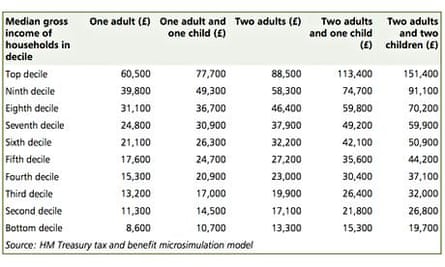
The figures paint a picture of what average incomes are in the UK for different household types. It may come as a surprise to some people that an income for a single adult of less than £39,800 is enough to be among the top 20% of earners for that group.
The median income for a single adult in the fifth decile is £17,600, but for a couple with two children it is £44,200, which may take them into the 40% tax bracket, helping to explain why so many families on average incomes feel they are in the "squeezed middle". However, the figures do not distinguish between couples made up of two earners and those where just one is working.
Teachers, who outside of London earn between £34,523 and £37,124 in the "upper pay ranges" according to the Department for Education, fall into the bottom third and fourth decile of households with two children, although if their partner works then they will be further up the decile ranges.
Even the prime minister's salary – £142,500 – is below the median for the top 10% of couples with two children.
Recent research by Oxfam found that Britain's five richest families are worth more than the poorest 20%, and the Treasury figures will add to the growing debate about income inequality. Oxfam said that for the first time more working households were in poverty than non-working ones, with the top 0.1% of earners capturing the lion's share of the proceeds of economic growth.
The Treasury says the figures have to be treated with caution, as they are gross numbers only and do not take into account tax and benefits.
"For example, if a household consisting of two adults earns £27,200 per year between them, there is a high likelihood that this household will be found in the fifth income decile. However, this is not guaranteed, because different gross household incomes can result in different net household incomes, depending on how many earners there are in the household, the size of the household, and which benefits the household qualifies for."
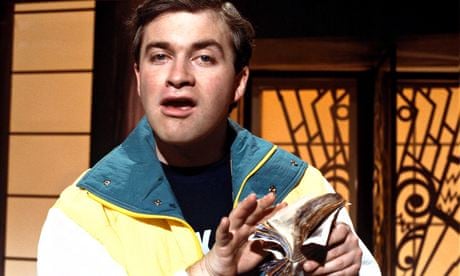

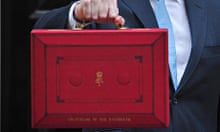
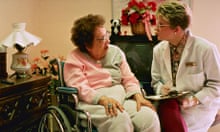


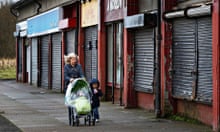

Comments (…)
Sign in or create your Guardian account to join the discussion